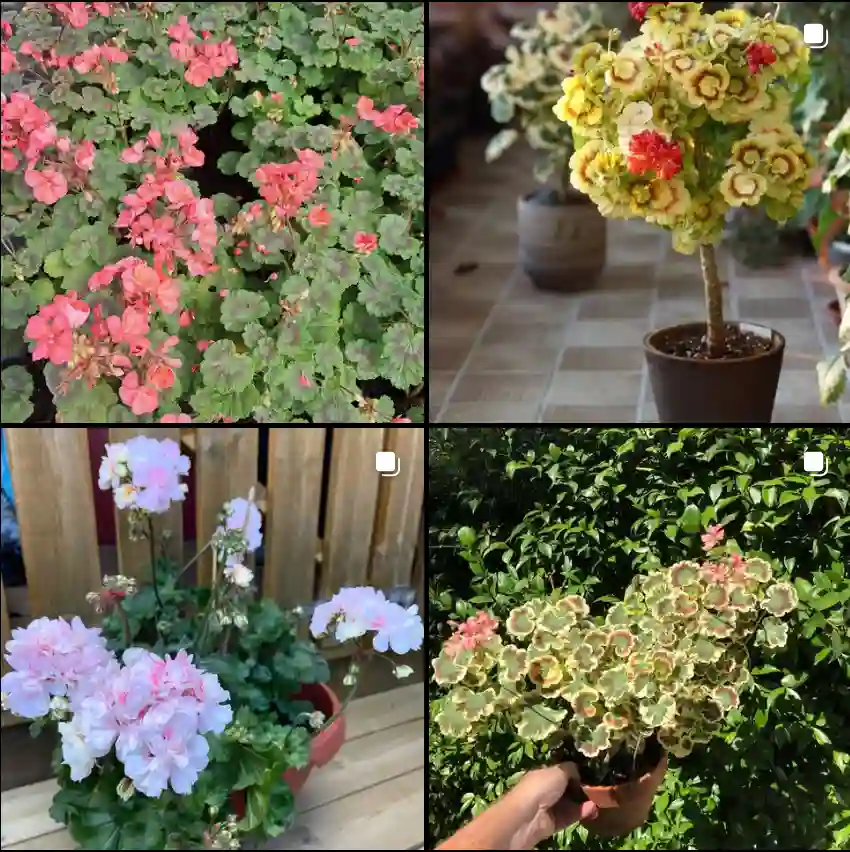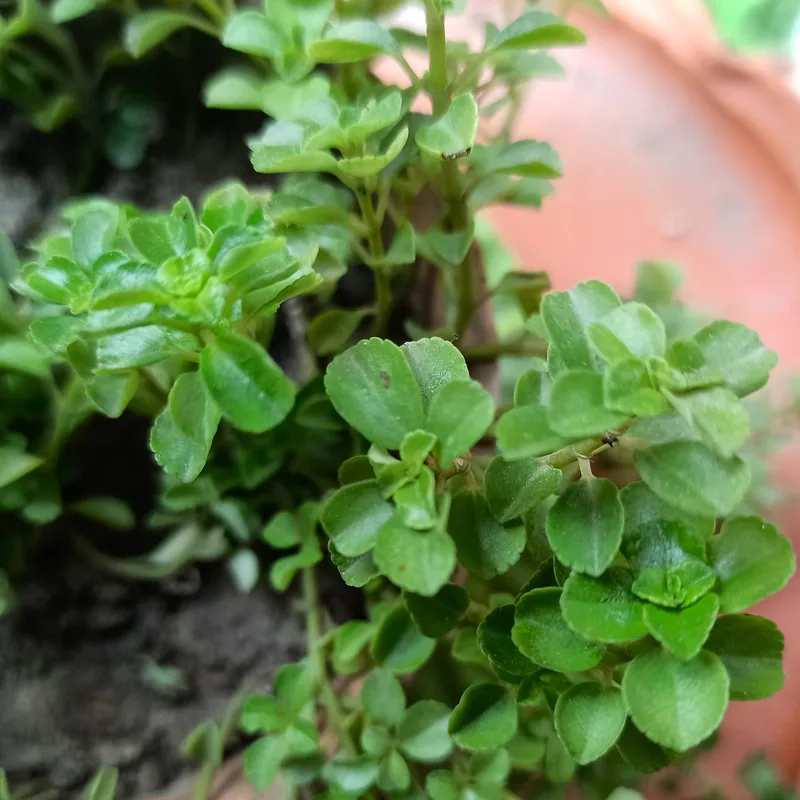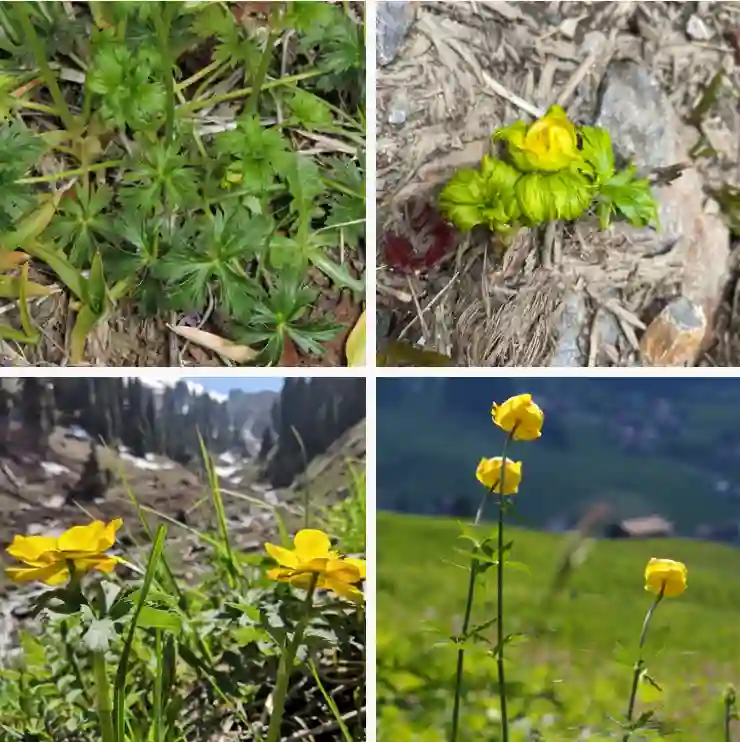My Fascination with Microgramma Ferns
As an avid plant enthusiast, I’m always drawn to the unique and intriguing. That’s exactly what led me to the fascinating genus Microgramma, belong to the Polypodiaceae family. These epiphytic ferns, often referred to as vine ferns or snake ferns, possess a captivating beauty and an air of mystery that truly sets them apart. Their delicate fronds and creeping rhizomes speak to a resilience and adaptability that I find truly inspiring.
What truly captivates me about Microgramma is their diversity. From the lush rainforests of South America to the tropical climates of Africa, these ferns have carved out their niche in a variety of ecosystems. This adaptability is reflected in the sheer number of species within the genus, each with its own distinct characteristics and charm.
A Closer Look at Microgramma Species
The Microgramma genus boasts a rich variety of species, each with its own unique features and growth habits. Here are:
- Microgramma heterophylla: This species is known for its distinctive leaf shapes, which can vary from simple and lanceolate to deeply lobed.
- Microgramma lycopodioides: Resembling a club moss, this species has small, overlapping leaves that give it a unique texture and appearance.
- Microgramma nitida: This fern features glossy, dark green fronds that add a touch of elegance to any collection.
- Microgramma piloselloides: With its creeping rhizomes and small, rounded leaves, this species is a popular choice for terrariums and vivariums.
- Microgramma reptans: This species is characterized by its long, creeping rhizomes and its ability to climb and cover surfaces.
- Microgramma tecta: This unique fern has adapted to drier environments and possesses thicker leaves with a leathery texture.
- Microgramma vacciniifolia: Known for its resemblance to the leaves of Vaccinium (blueberry) plants, this species has small, oval-shaped fronds.
- Microgramma acatallela Alston
- Microgramma baldwinii Brade
- Microgramma bifrons (Hook.) Lellinger
- Microgramma bismarckii (Rauh) B.León
- Microgramma brunei (Wercklé ex Christ) Lellinger
- Microgramma cordata (Desv.) Crabbe
- Microgramma crispata (Fée) R.M.Tryon & A.F.Tryon
- Microgramma dictyophylla (Kunze ex Mett.) de la Sota
- Microgramma fosteri B.León & H.Beltrán
- Microgramma geminata (Schrad.) R.M.Tryon & A.F.Tryon
- Microgramma latevagans (Maxon & C.Chr.) Lellinger
- Microgramma lindbergii (Mett.) Sota
- Microgramma mauritiana (Willd.) Tardieu
- Microgramma megalophylla (Desv.) de la Sota
- Microgramma microsoroides Salino, T.E.Almeida & A.R.Sm.
- Microgramma moraviana L.D.Gómez
- Microgramma mortoniana de la Sota
- Microgramma nana (Liebm.) T.E.Almeida
- Microgramma percussa (Cav.) de la Sota
- Microgramma persicariifolia C.Presl
- Microgramma recreense (Hieron.) Lellinger
- Microgramma rosmarinifolia (Kunth) R.M.Tryon & A.F.Tryon
- Microgramma squamulosa (Kaulf.) de la Sota
- Microgramma thurnii (Baker) R.M.Tryon & Stolze
- Microgramma tobagensis (C.Chr.) C.D.Adams & Baksh.-Com.
- Microgramma tuberosa (Maxon) Lellinger
- Microgramma ulei (Hieron.) Stolze
The Allure of Epiphytic Living
One of the most remarkable aspects of Microgramma ferns is their epiphytic nature. Unlike terrestrial plants that root in the soil, these ferns thrive on the surfaces of other plants, typically trees. This lifestyle presents unique challenges and requires specialized adaptations.
Microgramma have evolved to efficiently absorb moisture and nutrients from the air and rain, utilizing their specialized rhizomes and frond structures. Their ability to thrive in the canopy, where light and humidity fluctuate, showcases their remarkable resilience.
Cultivating Microgramma: A Rewarding Challenge
Growing Microgramma can be a rewarding experience, but it requires understanding their specific needs. These ferns generally prefer:
- High humidity: Mimicking their natural rainforest environment is key.
- Bright, indirect light: Avoid harsh, direct sunlight that can scorch their delicate fronds.
- Well-draining substrate: A chunky mix that allows for airflow is crucial to prevent root rot.
- Regular watering: Keep the substrate consistently moist but not soggy.
With patience and attention to detail, cultivating these unique ferns can bring a touch of the rainforest into your own home.
Why I Advocate for Microgramma
In a world where plant diversity is increasingly threatened, I believe it’s important to champion the underappreciated. Microgramma ferns, with their unique beauty and ecological significance, deserve a place in the spotlight.
By cultivating and appreciating these ferns, we not only contribute to their conservation but also deepen our connection with the natural world. Their resilience and adaptability serve as a reminder of the intricate balance of life and the importance of preserving the delicate ecosystems they call home.
I encourage fellow plant enthusiasts to explore the world of Microgramma. Their beauty, diversity, and unique adaptations make them a truly rewarding addition to any plant collection.
If i die, water my plants!



